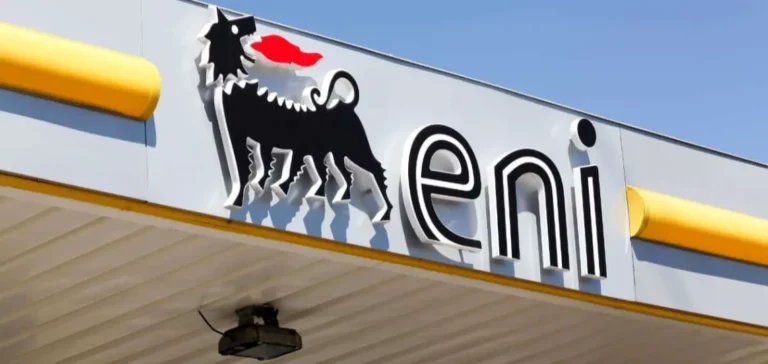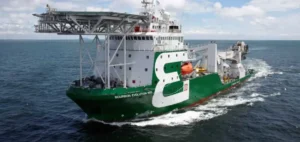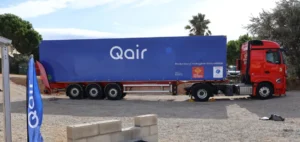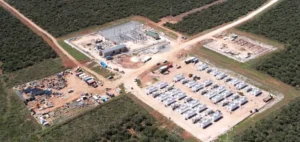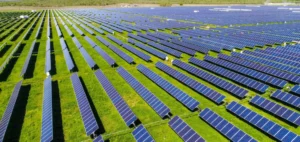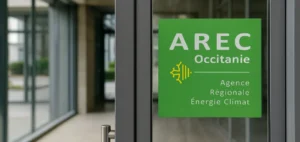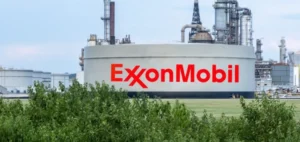Energy group Eni posted a net profit of €803mn ($849mn) in the third quarter, up 54% compared to the same period last year. This performance was driven by increased hydrocarbon production, even as crude oil prices declined by 14% year-on-year. Although the result fell short of analyst expectations, Eni shares gained 2.45% on the Milan stock exchange.
Production growth offsets price decline
During the quarter, the group’s oil and gas production reached 1.76 million barrels per day, an increase of 6%. This growth helped Eni offset the impact of lower crude prices and the appreciation of the euro against the US dollar. Revenue totalled €20.2bn ($21.4bn), down 2% year-on-year, a level broadly in line with analyst forecasts.
For the first nine months of the year, the group’s revenue declined 6% to €61.5bn ($65.3bn), while net profit rose 5% to €2.5bn ($2.64bn). Eni stated that these results reflect effective cost control combined with higher volumes, despite a less favourable market environment.
Updated targets and increased shareholder returns
Eni has raised its full-year production forecast to 1.72 million barrels per day, up from a previous estimate of 1.70 million. The group also anticipates stronger cash flow generation for the 2025 financial year. Without disclosing specific figures, the adjustment comes amid tighter financial discipline.
At the same time, the share buyback programme has been increased by 20% to €1.8bn ($1.9bn). The annual dividend of €1.05 per share remains unchanged. The group’s Chief Executive Officer praised results that exceeded operational, economic, and financial expectations.
Focus on Asia and strategic LNG markets
Eni’s leadership confirmed the acceleration of expansion projects, notably through new field developments in Congo, Qatar, Libya, and the United Arab Emirates. The company also announced progress on the consolidation of assets in Indonesia and Malaysia in the liquefied natural gas (LNG) sector, which is expected to result in the creation of a major regional player.
This momentum reflects a strategy centred on organic growth in high-demand energy regions, supported by industrial synergies and the strengthening of its market position in the gas segment.


